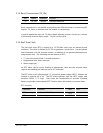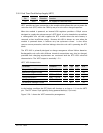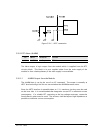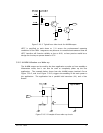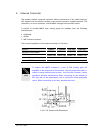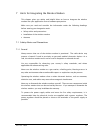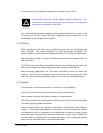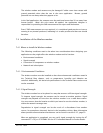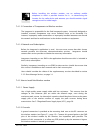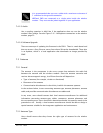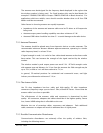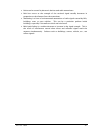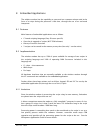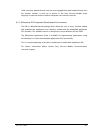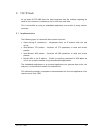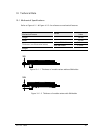
LZT 123 1834 78
Before installing the wireless modem, use an ordinary mobile
telephone to check a possible location for it. In determining the
location for the radio device and antenna, you should consider signal
strength as well as cable length.
7.4.1.3 Connection of Components to Wireless modem
The integrator is responsible for the final integrated system. Incorrectly designed or
installed, external components may cause radiation limits to be exceeded. For
instance, improperly made connections or improperly installed antennas can disturb
the network and lead to malfunctions in the wireless modem or equipment.
7.4.1.4 Network and Subscription
Before the integrator’s application is used, the user must ensure that their chosen
network provides the necessary telecommunication services. Integrators should
contact their service provider to obtain the necessary information.
Integrators intending to use SMS in the application should ensure this is included in
their (voice) subscription.
Similarly, integrators intending to use GPRS for data services should also ensure that
this service is available on their network and in their account plan.
Users should consider the choice of the supplementary services described in section
2.3.2 Short Message Service, on page 14.
7.4.2 How to Install the Wireless modem
7.4.2.1 Power Supply
Use a high-quality power supply cable with low resistance. This ensures that the
voltages at the connector pins are within the allowed range, even during the
maximum peak current. An electrolytic capacitor should be placed close to the power
supply pins of the wireless modem to supply the peak currents during burst
transmission. See 5.5 Regulated Power Supply Input (VCC), page 38.
7.4.2.2 Grounds
A ground connection is provided at the mounting hole next to the RF connector on
the wireless modem (see Figure 5.1, page 19). Connect this ground point to the GND
pins of the wireless modem by the shortest, low impedance path possible. The
purpose of this connection is to allow any ESD picked up by the antenna to bypass
the wireless modem’s internal ground path.
TIP



